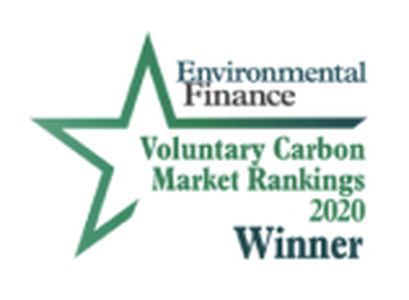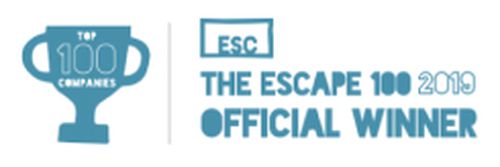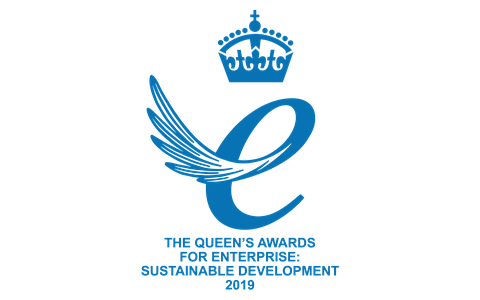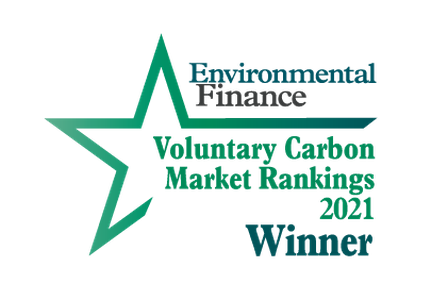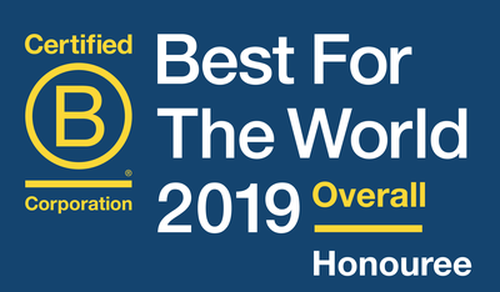As carbon markets grow and innovate how can Web 3.0 be harnessed in a positive way to build scale and impact?
Carbon markets are characterized by two things right now – growth and innovation.
Growth in participants, from the explosion in corporates making climate commitments, to investors attracted to the next big market opportunity, to project developers on the ground making emission reductions happen.
Meanwhile, innovation is happening across every step of the value chain. This can be seen in the development of digital Measurement, Reporting and Verification (MRV) tools – using satellite imagery and automation to streamline the issuing of carbon credits by project. New project types and methodologies are also being trialed, including soil carbon, blue carbon, and engineered removals. Finally, novel retail mechanisms are rolling out, aiming to lower transaction costs and increase transparency - from exchanges, to auctions, to tokens.
Many market participants want more innovation, and faster. Some like to be seen to be at the forefront of the new and the bold. But in all this churn and development, most are quiet when it comes to assessing what innovations are good, what are bad, and how we can tell the difference.
And isn’t that true of innovation everywhere? Some are unambiguously good (the development of novel vaccines), some are unambiguously bad (the novel financial products that preceded the 2008 financial crash), and some are, frankly, unambiguously ambiguous (fertilizers increasing food production, but causing GHGs and polluting waterways). This ambiguity is certainly true in the context of carbon market innovations.
Web3 innovations, such as tokenization and blockchain, could allow for the scaling of carbon markets, attracting new types of finance, and decreasing participation costs and opaqueness. On the other hand, they could provide an erratic price signal which confuse rather than incentivize internal abatement measures. Good Web3 innovations in the carbon market would increase and democratize access to the market, improve steady financial flows, and signal to ambitious and environmentally-minded entrepreneurs globally that carbon mitigation projects are a value-driven and valuable venture.
How do we guide these innovations, and ensure they deliver positive environmental outcomes?
Baby Steps: The IETA Principles
Into this uncertainty comes the International Emissions Trading Association (IETA), with its initial recommendations for guiding principles for the application for digital innovation to the carbon market. These principles aim to provide a framework for screening innovations and guiding their development for the good of the market and its participants. Amongst other things, they recommend data standardization protocols, ensuring tokens are backed by reputable carbon credit standards, committing to IT-security and KYC (Know Your Customer) safeguards, ensuring tokens are ‘burned’ at the point a claim is made, and promoting low- and zero-carbon systems for managing tokenization and blockchain implementation.
The consensus mechanisms for blockchain systems have been very carbon intensive (though more efficient proof-of-stake mechanisms are beginning to be adopted), so that final point around sustainability is key. Additionally, it’s important that any tokens are backed by reputable standards, to ensure integrity in any offsetting claims that are made with them. There’s a risk with tokens that they will become overly abstracted from their underlying asset. Paraphrasing our CEO as quoted in a recent Financial Times article, tokens are like ‘collateralised debt instruments. If you keep rolling stuff up, you have no idea what you’re buying.’ It remains to be seen how and if these principles will be adopted, and whether more principles are needed to ensure that digital innovation in carbon markets is done in a sustainable and high-integrity manner. How to promote ‘good’ innovation?
Towards a Golden Rule for Innovation
Fostering ‘good’ innovation is a delicate balance. On the one hand, allowing innovation to happen without any assessment of its impact, or guardrails for its development, risks creating unintended negative impacts, a particularly pertinent consideration given one of the stakeholders for carbon markets is the planet and its ecosystems. On the other hand, being overly prescriptive with how innovation should occur can choke it and prevent the vital developments that are needed to unlock the full potential of carbon markets.
Geoff Mulgan, former CEO of the UK’s National Endowment for Science Technology and the Arts, suggests in his white paper Good and Bad Innovation that the Golden Rule should be adopted when approaching innovation – do unto others what you would have them do unto you. It remains to be seen what this means in the context of carbon markets, but one way to think about it would be to think ‘does this innovation contribute to the aims of the Paris Agreement and drive high-integrity emission reductions, with no significant harm to the SDGs (Sustainable Development Goals) in the process?’ If yes, then the innovation should thrive (with regular reappraisals). If not, then it’s time for a rethink.
The IETA principles are a welcome addition to the screening criteria necessary to scale high-integrity digital carbon markets. More work is needed in this area to foster ‘good’ innovation, and ensure that carbon markets work for all, including the planet.
This blog is the second in a series we are doing on the role of Web3 technologies in carbon markets. Check out the first blog here.
Dernières actualités

New test article 2023
A dummy article to test title issue.
Pour en savoir plus
FR Test News Article
Article test en français
Pour en savoir plus
Natural Capital Partners and ClimateCare become Climate Impact Partners
Natural Capital Partners and ClimateCare become Climate Impact Partners and sets goal of delivering 1 billion tonnes of emission reductions by 2030.
Pour en savoir plusLes toutes dernières Insights de
Climate Impact Partners

10 idées reçues à abandonner sur la compensation carbone
10 idées reçues à abandonner sur le net zéro et la compensation carbone.
Pour en savoir plus
FR Test insight article
Testing all plug-ins in 2 column format for French
Pour en savoir plus
Q&A with Our Technical Experts
Hear how our team of industry- leading project experts respond to changes in corporate demand, keep a pulse on the latest carbon market trends
Pour en savoir plus

